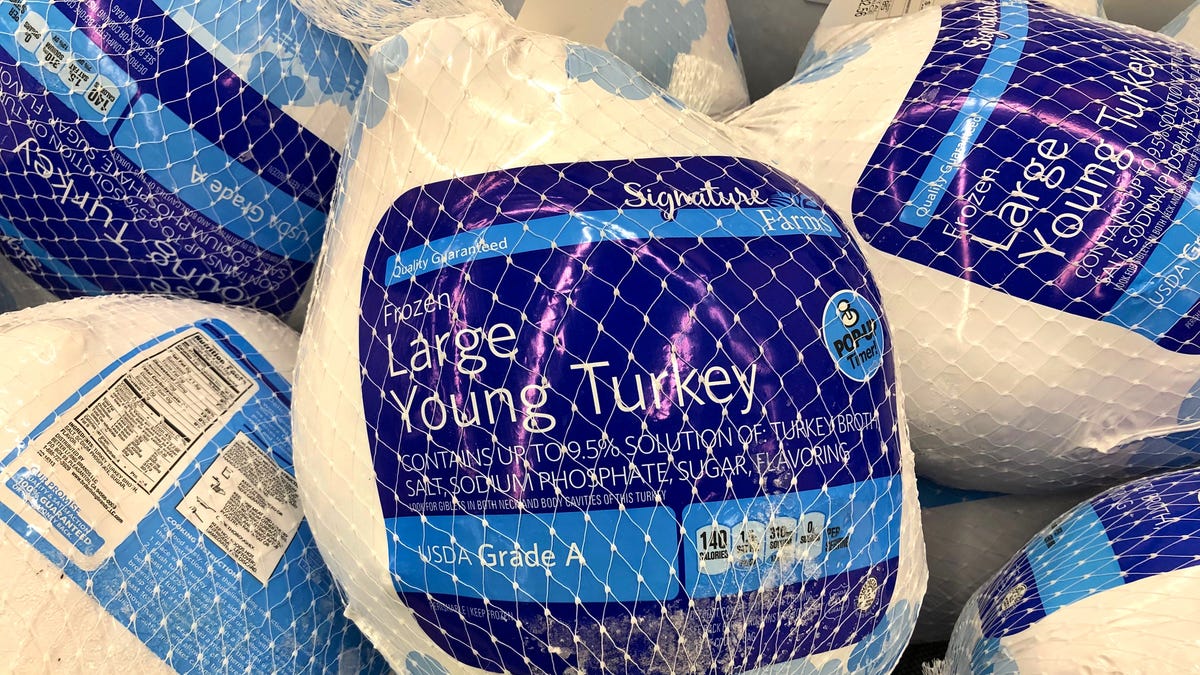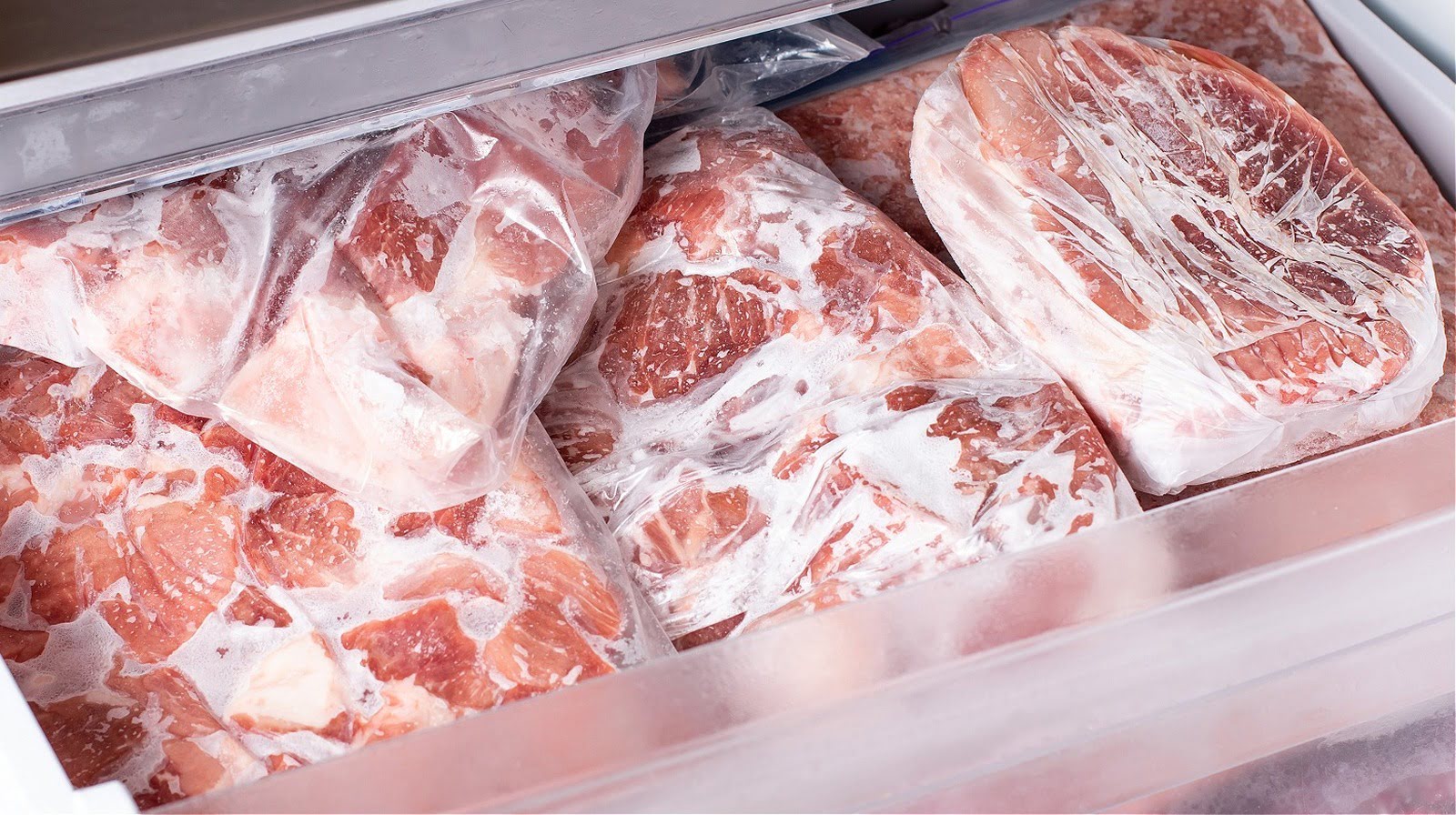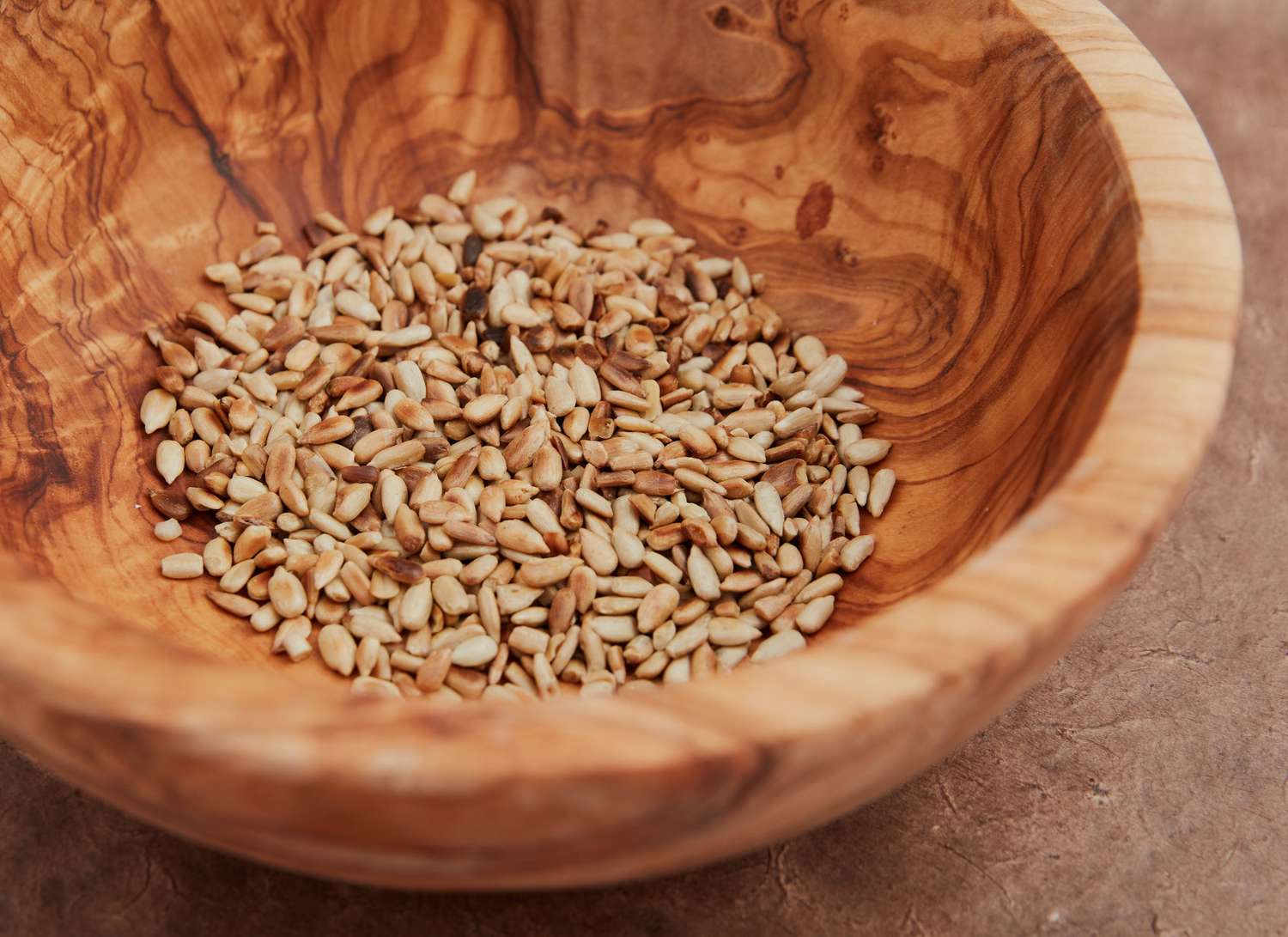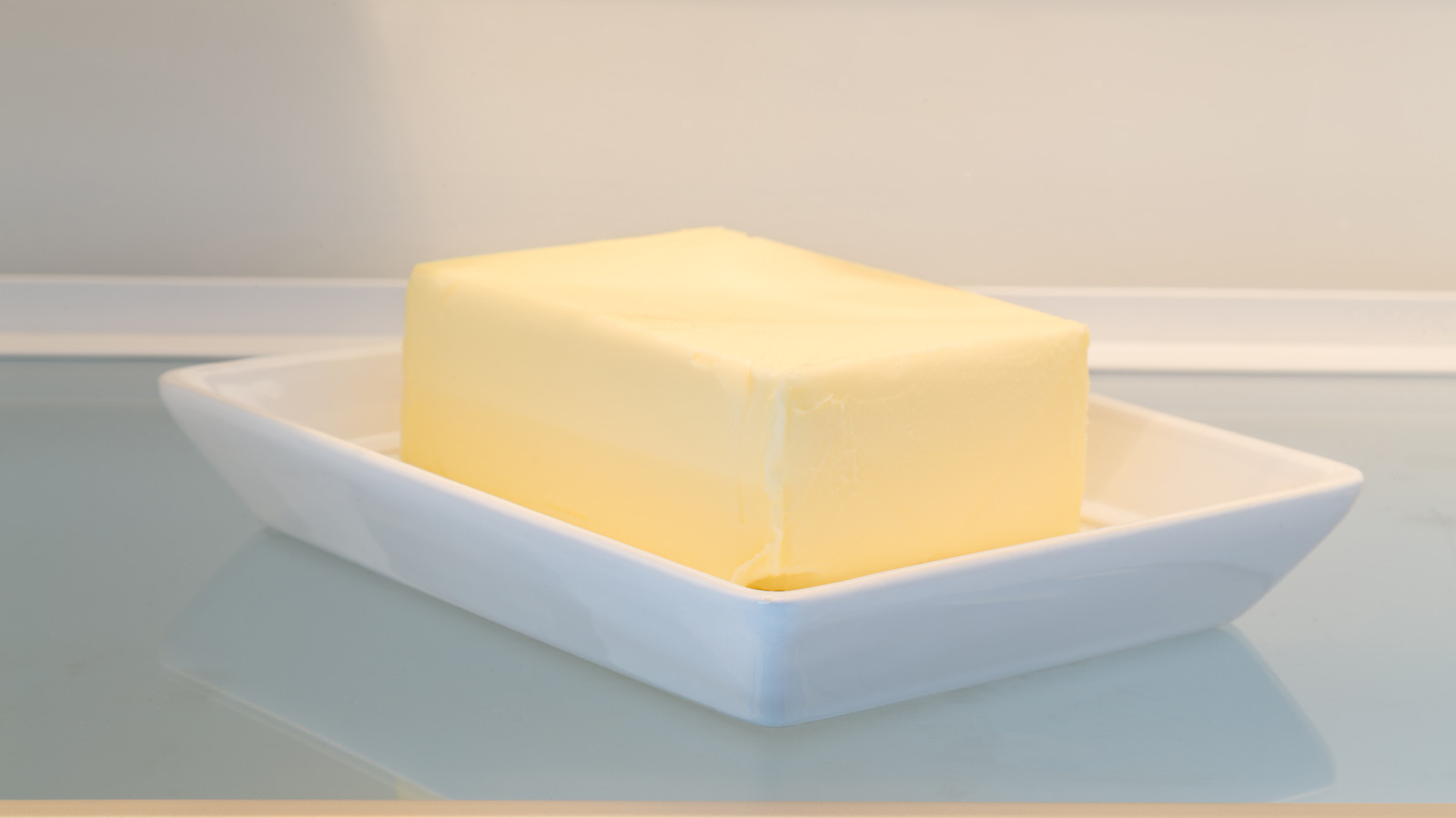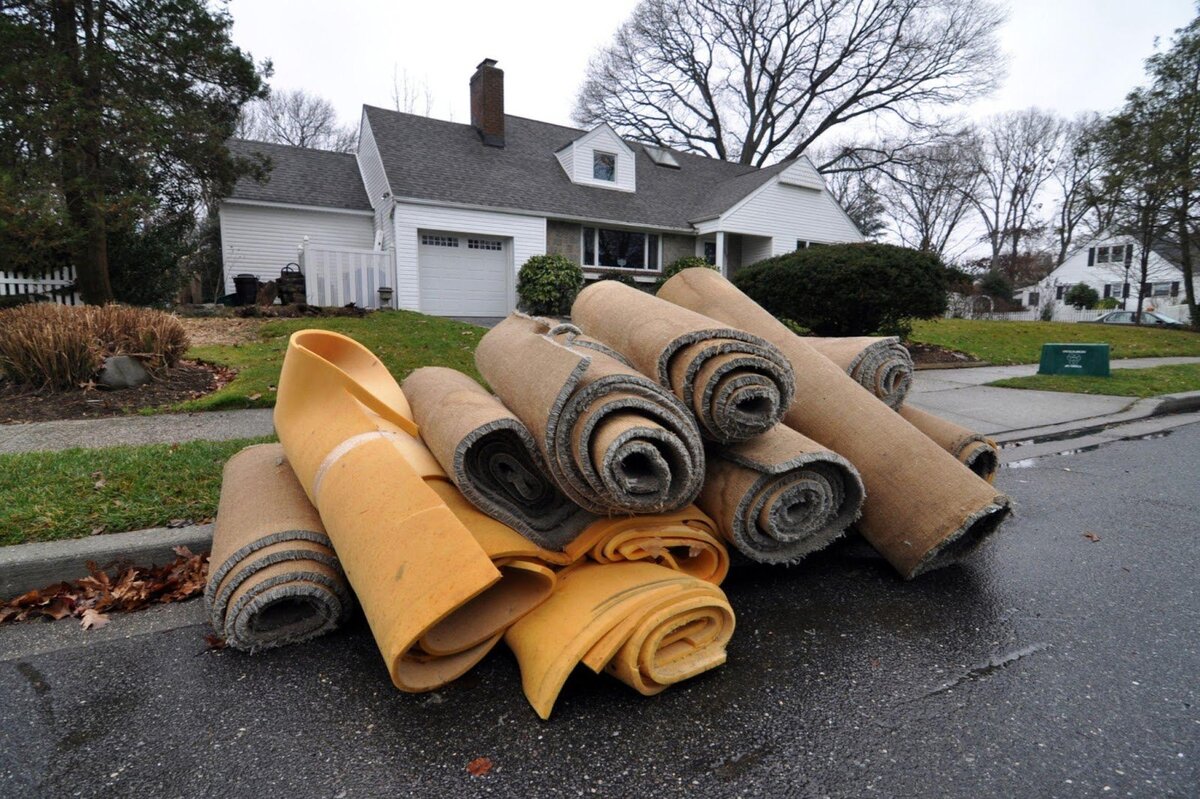

Articles
How Long Can Carpet Last
Modified: September 1, 2024
Discover the longevity of carpets in our informative articles. Learn how long carpets can last and find tips on increasing their lifespan.
(Many of the links in this article redirect to a specific reviewed product. Your purchase of these products through affiliate links helps to generate commission for Storables.com, at no extra cost. Learn more)
Introduction
When it comes to home flooring, carpet remains one of the most popular choices. Not only does it add warmth, comfort, and insulation to a room, but it also creates a cozy and inviting ambiance. However, it’s essential to understand that carpet, like any other flooring material, does have a limited lifespan.
Many factors can influence the longevity of your carpet, including the quality of the materials used, installation and maintenance practices, foot traffic, and the care techniques employed. By understanding these aspects and taking proactive measures, you can significantly extend the lifespan of your carpet, saving you money and ensuring your flooring continues to look and feel great for years to come.
In this article, we will delve into the various factors that affect the lifespan of a carpet and provide you with valuable insights on how to maintain and enhance its longevity. Whether you’ve just installed new carpet or want to extend the lifespan of your existing one, this guide will serve as an essential resource.
Key Takeaways:
- Quality materials, professional installation, and regular maintenance are crucial for extending the lifespan of your carpet. Understanding wear and tear signs helps in timely maintenance and preservation.
- Implementing protective measures, managing foot traffic, and controlling environmental factors can significantly contribute to the longevity of your carpet. Proactive care and regular maintenance are essential for a lasting, beautiful carpet.
Read more: How Long Can Thyme Last
Factors Affecting Carpet Lifespan
Several key factors can influence how long your carpet will last before it begins to show signs of wear and tear. Understanding these factors will assist you in making informed decisions about your carpet and implementing appropriate maintenance practices. Let’s take a closer look at each of these factors:
- Quality of Carpet Materials: The quality of the materials used to manufacture the carpet plays a significant role in determining its lifespan. High-quality carpets are constructed with durable fibers that are more resistant to wear and staining. Additionally, the thickness and density of the carpet pile can impact its resistance to crushing and matting.
- Carpet Installation and Maintenance: Proper installation is crucial for maximizing the lifespan of your carpet. Poor installation can lead to wrinkling, bunching, and premature wear. Additionally, regular maintenance practices such as vacuuming, spot cleaning, and professional deep cleaning can significantly extend the lifespan of your carpet by eliminating dirt, debris, and stains that can cause permanent damage.
- Foot Traffic and Usage: The amount of foot traffic your carpet receives and how it is used can impact its longevity. Areas with high foot traffic, such as entryways, hallways, and living rooms, tend to experience more wear and tear. Additionally, the presence of pets, children, or heavy furniture can also contribute to the accelerated deterioration of your carpet.
- Proper Cleaning and Care Techniques: Following recommended cleaning and care techniques is essential for maintaining the condition of your carpet. Regular vacuuming helps remove dirt and prevent it from accumulating in the carpet fibers, while spot cleaning immediately addresses spills and stains. Additionally, periodic professional deep cleaning not only revitalizes the appearance of your carpet but also removes embedded dirt and allergens that can compromise its durability.
- Environmental Factors: The environment in which your carpet is located can impact its lifespan. High levels of humidity or excessive exposure to sunlight can cause the carpet fibers to deteriorate more rapidly. Additionally, excessive moisture or water damage can lead to mold and mildew growth, further compromising the integrity of the carpet.
By considering these factors and taking appropriate measures, you can ensure that your carpet maintains its visual appeal and functionality for an extended period. In the following sections, we will explore specific strategies and techniques to help you extend the lifespan of your carpet and keep it looking its best.
Quality of Carpet Materials
The quality of the materials used in the production of a carpet has a significant impact on its overall lifespan. Carpets made from high-quality materials are more durable and better equipped to withstand daily wear and tear. Let’s take a closer look at the key factors that determine the quality of carpet materials:
- Fiber Type: The type of fiber used in the carpet construction greatly influences its durability and performance. Common fiber types include nylon, polyester, olefin (polypropylene), and wool. Nylon is known for its exceptional strength and resilience, making it an ideal choice for high-traffic areas. Polyester offers excellent stain resistance and vibrant colors. Olefin is highly resistant to moisture and stains, making it suitable for outdoor or basement areas. Wool is a natural fiber known for its luxurious feel and durability.
- Carpet Pile: The pile refers to the carpet’s surface and is created by tufting or weaving the fibers. There are various types of pile, including cut pile, loop pile, and combination pile. Cut pile, such as plush and saxony, has individual fibers standing upright, providing a soft and luxurious feel. Loop pile, such as berber, creates a textured surface with looped fibers. Combination pile combines both cut and loop styles for a unique look. Different pile types have varying levels of durability and are well-suited for different areas of the home.
- Pile Density and Height: The density and height of the carpet pile affect its ability to withstand foot traffic and resist matting. Higher pile density means more fibers are packed tightly together, resulting in better durability and resilience. Shorter pile heights are generally more resistant to crushing and matting compared to taller piles. However, it’s important to consider the specific needs of your space when choosing the appropriate pile density and height.
- Backing Material: The backing material provides stability and support to the carpet. A high-quality backing material, such as woven polypropylene or synthetic latex, enhances the overall durability and dimensional stability of the carpet. It helps prevent stretching, shrinking, and warping over time.
- Quality Standards and Certifications: Look for carpets that meet industry quality standards and certifications, such as the Carpet and Rug Institute’s (CRI) Green Label Plus certification. These certifications ensure that the carpet has been tested for low emissions, VOCs, and other potentially harmful substances, promoting a healthier indoor environment.
Investing in a carpet made from high-quality materials is essential for ensuring its longevity. It may require a higher upfront cost, but the long-term benefits, such as improved durability and resistance to wear and tear, make it a worthwhile investment. When shopping for carpet, consider these factors and choose a product that matches your specific needs and budget.
Carpet Installation and Maintenance
The way your carpet is installed and the maintenance practices you implement can significantly impact its lifespan. Proper installation and regular maintenance are essential in preserving the appearance and performance of your carpet. Let’s explore these factors in more detail:
- Professional Installation: Hiring a professional carpet installer is crucial to ensure that your carpet is installed correctly. Improper installation can result in wrinkles, bulges, or excessive wear in certain areas. Professionals have the knowledge and expertise to properly stretch and secure the carpet, ensuring a tight and even installation. This reduces the chances of premature wear and extends the lifespan of your carpet.
- Regular Vacuuming: Regular vacuuming is vital to keep your carpet clean and free from dirt, dust, and debris that can accelerate wear and tear. Vacuum high-traffic areas at least once a week and other areas at least twice a month. Use a vacuum cleaner with a rotating brush or beater bar to effectively lift dirt from the carpet fibers. It’s also recommended to change or clean the vacuum cleaner bag or filter regularly to maintain optimal suction power.
- Spot Cleaning: Promptly addressing spills and stains on your carpet is crucial to prevent them from becoming permanent. Blot the affected area with a clean, dry cloth or paper towel to absorb as much liquid as possible. Avoid rubbing the spill, as this can spread it further into the carpet fibers. Apply a carpet stain remover or a mixture of mild detergent and water to the stain, following the manufacturer’s instructions. Blot the area again until the stain is lifted. Always test any cleaning solution in an inconspicuous area before applying it to the stain.
- Professional Deep Cleaning: Regular professional deep cleaning is recommended to remove embedded dirt, allergens, and stains that regular vacuuming and spot cleaning may not fully eliminate. Hire a reputable carpet cleaning company or rent a carpet cleaning machine to thoroughly clean your carpets at least once every 12 to 18 months. This process will rejuvenate your carpet’s appearance, extend its lifespan, and improve indoor air quality.
- Protective Measures: Implementing preventative measures can help preserve the condition of your carpet. Place doormats at entryways to capture dirt and moisture before it reaches your carpet. Use area rugs or carpet protectors in high-traffic areas or under furniture to reduce wear and tear. Ask family members and guests to remove their shoes before walking on the carpet to prevent dirt and debris accumulation.
By ensuring proper installation and following regular maintenance practices, you can significantly extend the lifespan of your carpet. Taking proactive measures to prevent and address potential issues will not only save you money but also keep your carpet looking and feeling fresh for years to come.
Foot Traffic and Usage
The amount of foot traffic your carpet receives and how it is used can greatly impact its lifespan. Certain areas of your home, such as entryways, hallways, and living rooms, tend to experience higher levels of foot traffic, leading to more wear and tear. Additionally, the presence of pets, children, or heavy furniture can also contribute to the accelerated deterioration of your carpet. Let’s explore these factors in more detail:
- High-Traffic Areas: Certain areas of your home, such as entryways and hallways, are more prone to foot traffic. The constant movement and friction of feet can cause the carpet fibers to wear down more quickly. To mitigate this, consider using durable carpet options like nylon or carpets with shorter pile heights in high-traffic areas. Regular vacuuming and prompt spot cleaning are especially crucial in these areas to remove dirt and prevent matting.
- Pets and Children: Pets and children can add additional stress to your carpet. Pets may track in dirt, shed hair, or have occasional accidents. Accurate and immediate cleaning of pet messes is essential to prevent staining and odors. For children, consider using area rugs or carpet protectors in play areas to protect the carpet from spills, stains, and heavy use. It’s also advisable to teach children to remove their shoes before walking on the carpet to minimize dirt and debris accumulation.
- Heavy Furniture: The weight of heavy furniture, such as sofas, dining tables, or bookshelves, can cause the carpet to compress and develop permanent indentations. To prevent this, use furniture coasters or pads under the legs of furniture to distribute the weight evenly. Occasionally moving the furniture to different locations can also help prevent excessive wear in specific areas of the carpet.
- Rotation of Carpets: If you have multiple carpets in your home, consider rotating them occasionally. This allows for more even wear and can extend the lifespan of each carpet. By alternating the use of different carpets in different areas, you can evenly distribute foot traffic and prevent one carpet from bearing the brunt of daily wear and tear.
By being mindful of foot traffic and usage patterns in your home, you can take proactive steps to protect your carpet from excessive wear and extend its lifespan. Implementing preventive measures, such as using durable carpet options, using area rugs or carpet protectors, and distributing furniture weight, can help keep your carpet looking new and fresh for longer.
Regular vacuuming and professional cleaning can extend the life of your carpet. High-quality carpets can last 10-15 years with proper care.
Read more: How Long Can Heirloom Seeds Last
Proper Cleaning and Care Techniques
Implementing proper cleaning and care techniques is crucial for maintaining the lifespan and appearance of your carpet. Regular cleaning and proactive care can help prevent dirt, stains, and damage from compromising the integrity of the carpet fibers. Here are some essential techniques to follow:
- Regular Vacuuming: Vacuuming your carpet on a regular basis is the foundation of maintenance. It helps remove loose dirt, dust, and debris that can become embedded in the carpet fibers. Vacuum high-traffic areas at least once a week and other areas at least twice a month. Invest in a high-quality vacuum cleaner with adjustable height settings to ensure effective cleaning across different pile heights.
- Spot Cleaning: Promptly addressing spills and stains is vital to prevent them from becoming permanent. Blot the affected area with a clean, white cloth or paper towel to absorb as much liquid as possible. Avoid rubbing the stain, as it can spread and make the stain worse. Use a carpet stain remover or a mixture of mild detergent and water to treat the stain, following the manufacturer’s instructions. Blot the area again until the stain is lifted, and then rinse with clean water. Always test any cleaning solution in an inconspicuous area before applying it to the stain.
- Deep Cleaning: In addition to regular vacuuming and spot cleaning, it’s essential to schedule professional deep cleaning for your carpets at least once every 12 to 18 months. Professional carpet cleaners have the expertise, equipment, and cleaning agents to thoroughly remove deep-seated dirt, allergens, and stains. Deep cleaning not only refreshes the appearance of your carpet but also helps restore its pile resilience and extends its lifespan.
- Use Carpet Protectors: Consider using carpet protectors, such as area rugs or clear plastic mats, in high-traffic areas or under furniture. These protectors provide an extra layer of defense against spills, stains, and wear from foot traffic. Regularly clean and maintain these protectors to prevent dirt and debris from accumulating underneath them and potentially transferring to the carpet.
- Drying Techniques: In case of water spills or accidents, it is essential to act quickly to avoid water damage and mold growth. Use a clean towel or cloth to blot up as much moisture as possible. If necessary, use a fan or dehumidifier to aid in the drying process. Open windows or use a fan to ensure proper ventilation in the room. Avoid walking on a wet carpet until it is completely dry to prevent further damage.
By following these proper cleaning and care techniques, you can maintain the beauty and integrity of your carpet. Regular vacuuming, prompt spot cleaning, periodic deep cleaning, and the use of protective measures will help preserve the condition of your carpet and extend its lifespan.
Signs of Carpet Wear and Tear
Over time, carpets will naturally show signs of wear and tear. Understanding these indicators can help you assess the condition of your carpet and determine whether it may be time for maintenance or replacement. Here are some common signs of carpet wear and tear to be aware of:
- Matting: Matting occurs when the carpet fibers become compressed, causing the carpet to lose its fluffy appearance. It is especially prevalent in high-traffic areas or under heavy furniture. Regular vacuuming and occasional professional deep cleaning can help alleviate matting to some extent, but if the fibers remain permanently flattened, it may be a sign that the carpet is nearing the end of its lifespan.
- Discoloration: Over time, carpets may become discolored due to exposure to sunlight, spills, or general wear. Fading or noticeable color changes can significantly impact the appearance of your carpet. While some discoloration may be inevitable, regular cleaning and proper care can help minimize the extent of discoloration. However, if the discoloration is widespread and deep-seated, it may be a sign that the carpet needs to be replaced.
- Stains: While regular spot cleaning can effectively remove most stains, persistent or deep stains that resist cleaning efforts may indicate that the carpet’s fibers are compromised. Additionally, if the carpet frequently develops new stains even after proper cleaning, it may be a sign that the carpet is no longer able to resist stains and may require replacement.
- Odors: Lingering odors in carpet, such as pet odors, musty or mildew smells, or persistent odors from spills or accidents, can indicate a deeper issue. Over time, the carpet fibers can trap and hold odors, even after thorough cleaning. If odors persist despite cleaning efforts, it may be necessary to replace the carpet to eliminate the source of the odor and improve indoor air quality.
- Seam Separation or Fraying: Over time, seams can come apart or fray, especially in high-traffic areas. This can lead to further damage and aesthetic issues. If the seams of your carpet are constantly separating or fraying, it may be a sign that the carpet’s structure is weakening, and replacement may be necessary.
Keep in mind that the extent of wear and tear will vary depending on factors such as carpet quality, usage patterns, and maintenance practices. Regularly assessing the condition of your carpet and addressing signs of wear and tear promptly can help maximize its lifespan and maintain a fresh and visually appealing appearance. If you notice significant and widespread signs of wear and tear, it may be time to consider replacing your carpet.
Extending the Lifespan of Your Carpet
While the lifespan of a carpet is influenced by various factors, there are several proactive measures you can take to extend its longevity and keep it looking and feeling great for years to come. By following these tips, you can ensure that your carpet remains in excellent condition:
- Regular Vacuuming: Implement a regular vacuuming routine to remove dirt, dust, and debris from your carpet. Vacuum high-traffic areas at least once a week and other areas at least twice a month. This will prevent particles from settling deep into the carpet fibers and causing damage over time.
- Spot Cleaning: Promptly address spills and stains to prevent them from becoming permanent. Blot the affected area with a clean, white cloth or paper towel to absorb as much liquid as possible. Use an appropriate carpet stain remover or a mixture of mild detergent and water to treat the stain. Avoid rubbing the stain, as it can spread and make it more difficult to remove.
- Professional Deep Cleaning: Schedule regular professional deep cleaning for your carpets. This process removes embedded dirt, allergens, and stains that regular vacuuming and spot cleaning may not fully eliminate. Professional cleaners have the expertise and specialized equipment to thoroughly clean and revitalize your carpets, extending their lifespan and improving their appearance.
- Protective Measures: Implement protective measures to reduce wear and tear on your carpet. Place doormats at entryways to capture dirt and moisture before it reaches your carpet. Use area rugs or carpet protectors in high-traffic areas or under furniture to minimize direct contact with the carpet fibers. This will help distribute foot traffic and reduce the risk of permanent damage.
- Manage Foot Traffic: Be mindful of foot traffic patterns in your home. If possible, encourage family members and guests to remove their shoes before walking on the carpet. Additionally, consider rearranging furniture periodically to distribute weight and prevent excessive wear in specific areas.
- Control Environmental Factors: Maintain an optimal indoor environment to prevent excessive damage to your carpet. Avoid excessive exposure to direct sunlight, as it can cause fading and discoloration. Keep humidity levels stable, as high humidity can result in moisture damage or mold growth, and low humidity can cause the carpet fibers to become brittle.
- Regular Maintenance: Stay proactive in your carpet maintenance routine. Trim any loose threads or snags to prevent them from unraveling further. Attend to any necessary repairs, such as seam separation, fraying edges, or loose carpeting. By addressing these issues promptly, you can prevent further damage and extend the lifespan of your carpet.
- Consider Lifestyle and Usage: Evaluate your lifestyle and usage patterns when choosing a carpet and determining maintenance practices. If your household has pets or young children, you may want to select a carpet that is more resistant to stains and wear. Additionally, adjust your maintenance routine according to the specific needs and challenges of your household.
By following these guidelines and investing time and effort in proper care and maintenance, you can significantly extend the lifespan of your carpet. With regular cleaning, protective measures, and proactive repairs, your carpet will continue to provide comfort, style, and functionality for many years to come.
Conclusion
Your carpet is an essential part of your home’s comfort and aesthetics, and taking steps to extend its lifespan is crucial. By understanding the factors that affect carpet longevity and implementing proper care and maintenance techniques, you can significantly prolong the life of your carpet.
From the quality of the carpet materials to the installation and maintenance practices, each aspect plays a vital role in ensuring the durability and appearance of your carpet. Choosing high-quality materials, investing in professional installation, and following a regular cleaning routine are essential for preserving your carpet’s lifespan.
Foot traffic and usage patterns also impact the wear and tear your carpet experiences. Being mindful of high-traffic areas, implementing protective measures, and managing furniture placement can help minimize damage and extend your carpet’s lifespan.
Additionally, proper cleaning and care techniques are essential for maintaining the appearance and condition of your carpet. Regular vacuuming, spot cleaning, and periodic professional deep cleaning can remove dirt, stains, and allergens, keeping your carpet fresh and vibrant.
Monitoring signs of wear and tear, such as matting, discoloration, stains, and odors, allows you to determine when maintenance or replacement is necessary. Promptly addressing these issues can help prevent further damage and prolong the overall lifespan of your carpet.
By incorporating these strategies into your carpet maintenance routine, you can ensure that your carpet remains beautiful, comfortable, and functional for many years. Regular care, preventive measures, and timely repairs are key to maximizing the lifespan of your carpet and enjoying its benefits for a long time.
Remember, investing in the longevity of your carpet not only enhances the value of your home but also provides you and your family with a comfortable and inviting space to enjoy for years to come.
Frequently Asked Questions about How Long Can Carpet Last
Was this page helpful?
At Storables.com, we guarantee accurate and reliable information. Our content, validated by Expert Board Contributors, is crafted following stringent Editorial Policies. We're committed to providing you with well-researched, expert-backed insights for all your informational needs.


